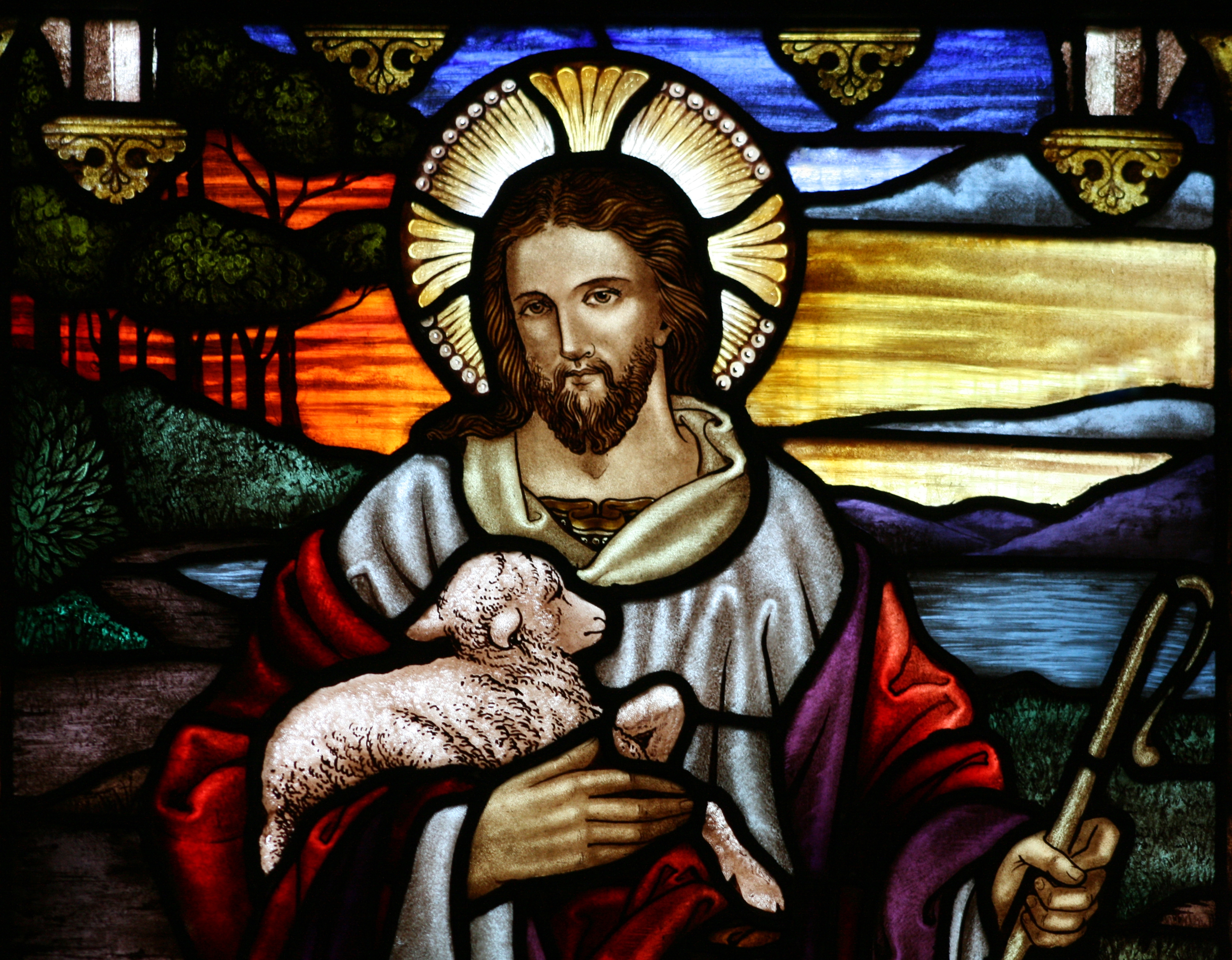The religion with the largest number of adherents and the most pronounced missionary zeal in the world today is Christianity. It was founded in the 1st century A.D. by Jesus of Nazareth (Palestine), who was later accepted as the Christ, the Messiah or the Anointed One, by his disciples who were then called Christians. His Fructification in Jerusalem and his Resurrection furnished the main articles of faith and the symbol of the cross. Christianity began as a movement within Judaism. Jesus was a Jew, as were his chief followers—the Apostles. His followers accepted him as the ‘Christ’—a chosen one, sent to fulfill God’s promise to Abraham, Isaac and Jacob. Pagan practices, especially the worship by the Romans of the Ceasure (king), conflicted with monotheism and led to persecution of the Christians.
Christianity spread through the Roman Empire, where it became the official religion in the 4th century A.D., with the Pope in Rome the successor of St. Peter, Christ’s chief disciple—widely recognized as the supreme authority in a rapidly emerging church hierarchy. The Eastern Church, which began in the Holy Land before there were any Christians in Rome, rejected papal authority in the 11th century A.D., and the Eastern Orthodox Church—comprising the historical patriarchal seers of Jerusalem, Antioch, Alexandria and Constantinople, to which was later added the patriarchate of Moscow—continued as a federation of mutually independent churches, standing in full communion with one another and united as equals.
ADVERTISEMENTS:
The ancient Armenian Jacobite, Syrian, Indian, Ethiopians, and Egyptian churches are known, however, as the separated churches of the East. A further division of Christian religion occurred in the 16th century with the reformation movements of Protestantism, and Protestantism itself is now divided into many denominations. But the settlement of new continents has carried Christianity in one form or another to almost all parts of the world, and strong movements for Christian reunion are in force.
Christianity is the most widely distributed religion. According to an estimate made in 1987, the total population of Christians was about 1,540 million or 30.6 per cent of the world population. Their continent-wise distribution being 462.6 million in Europe, 393 million in Latin America, 236 million in Africa, 232 million in North America, 196 million in Asia and 21 million in Oceania. Christianity is a universal religion like Islam. The followers of these religions are found in the different geo-ecological settings. The diversity of physical conditions alters the significance of the landscape in forming rituals. Easter, for example, may be related to the agricultural cycle, but Christians in different locations ascribe different significance to the holiday.
In Southern Europe, Easter is a joyful time of harvest, while in Northern Europe; Easter rituals were combined with pagan customs celebrating the arrival of spring after a harsh winter. The Christian calendar is even less related to events in the physical environment for people in the Southern Hemisphere, who celebrate Easter in the fall and Christmas in the summer. The Christians, especially the Catholics, have a highly developed spatial hierarchy system. The basic unit of geographic organization in the Catholic Church is the diocese. The Catholic world is divided into several thousand dioceses, each administered by a bishop. A diocese is spatially divided into parishes, each headed by a priest. Several dioceses are grouped into a province, headed by a bishop who is designated as archbishop. The archbishops are subordinate to the pope, who is also the bishop of Rome—a dioces.
The influence of religion can be seen in the arrangement of human activities on the landscape. The impact can be seen at several scales from relatively small pieces of land to entire communities. A prominent example of the religious arrangement of land at relatively small scale is burial practices. The climate, terrain and topography have affected the burial practices. The Christians bury their dead in a specially designated area known as cemetery. Burial spaces can occupy a significant percentage of land and can aggravate the pressures of competing uses for scarce space.
ADVERTISEMENTS:
The Christian burial practice can be traced back to the origin of the religion. Underground passages, known as catacombs, were used to bury early Christians in ancient Rome, as well as to provide protection for the faithful at a time when the religion was still illegal. After the religion was legalized, the Christians started burying their dead in the yard around the church. As these burial places became overcrowded, separate burial grounds had to be established outside the city walls.
Thus, in Christianity, the spatial expression is quite strong. The initial division of the Eastern and Western Churches was unrelated to dogma and it resulted in a territorial separation still evident on the world map. The Catholics gave more importance to church and the Protestantism placed less importance upon church. Consequently, in all the Catholic rural settlements and urban localities, one may find a church.

